Description
The Revolutionary Power of PUR: When Melt Hot Glue Meets Molecular Magic
The sharp scent of melting melt hot glue fills the workshop as the artisan presses two pieces of wood together. Within seconds, they hold fast—no clamping, no waiting overnight. This is the everyday magic of hot melt glue, a technology that has transformed assembly lines and craft rooms alike.
But in a quiet revolution, a new champion has emerged from laboratories and industrial settings: PUR hot melt adhesive. Unlike regular hot melts that just cool to harden, PUR interacts with moisture in the air. This changes it from a simple thermoplastic into a strong thermoset material with great strength and durability.
This melted melt hot glue evolved. Here, physics and chemistry work together. They create strong bonds that resist extreme temperatures, harsh chemicals, and tough mechanical stress.
Imagine a glue that never gives up. It works even when summer heat makes your car’s interior 65°C. It also holds strong in winter when it freezes at -40°C. Imagine a glue so strong it protects smartphones from pool accidents.
What Exactly Is PUR Melt Hot Glue? Demystifying the Chemistry
PUR, or Polyurethane Reactive, hot melt adhesive starts like regular hot glue. A solid thermoplastic becomes liquid when heated. But here’s where the magic diverges.
Conventional hot melts, like ethylene-vinyl acetate (EVA), depend only on physical solidification. They melt when heat applies, cool to become solid, and can melt again many times. PUR, however, harbors a secret weapon: isocyanate groups (NCO) in its molecular backbone. When exposed to atmospheric moisture after application, these groups trigger a chemical metamorphosis:
Why does this matter practically?
– EVA softens at temperatures between 60°C and 80°C.
– PUR remains strong in a wider range, from -40°F to 248°F (-40°C to 120°C).
– This shows PUR has better temperature resistance than EVA. It can handle hot summers and cold winters.
Thinner, Stronger Bonds: PUR creates strong adhesion with exceptionally thin glue lines (as small as 0.25mm). This allows for sleek designs in electronics and luxury packaging, where thick seams are not acceptable.
Elastic Toughness: Unlike brittle acrylics or hard epoxies, cured PUR stays flexible. It absorbs impacts and vibrations without breaking. This makes it great for car doors that slam or shoes that bend.
But the advantages go deeper:
1.Paper Preservation: Applied at lower temperatures (~110°C vs. EVA’s 160°C+), PUR avoids baking moisture out of paper fibers.
The result? No spine wrinkles with delicate art papers or linen covers.
Cost Efficiency in Hardcovers: Eliminating stitching in rounded-back hardcovers saves 30–40% in binding costs while enhancing durability. The adhesive itself flows into paper pores, creating a “flexible hinge” that survives thousands of opens
Aesthetic Precision: PUR uses 50% less glue than EVA. This creates sharp text block edges and smooth cover joints. This is important for art books and collector’s editions.
Real-World Impact: Microsoft and Texas Instruments now use PUR for all product manuals. These manuals are for global markets, from desert heat to Siberian cold.
2. Electronics: Where Microscopic Glue Lines Guard Against Oceans
Inside your smartphone, a tiny bead of hot glue seals the camera lens. It keeps out sweat during workouts and survives drops onto concrete. How? Through precision dispensing and rapid moisture curing:
IP67/68 Sealing: Applied via automated systems at 110°C, PUR forms watertight barriers around sensors, speakers, and battery compartments. Cured, it withstands 30 minutes submerged at 1m depth—far exceeding silicone or epoxy
Blackout Formulations: Special carbon-black PUR versions stop light leakage in camera modules. This is important for image clarity in top phones.
Stress Dissipation: Unlike rigid adhesives, PUR’s elastic modulus absorbs PCB flexing, preventing solder joint fractures.
Example: Premium smartwatches use PUR to attach sapphire crystals to aluminum cases. They can withstand saltwater, chlorine, and impacts without yellowing or peeling.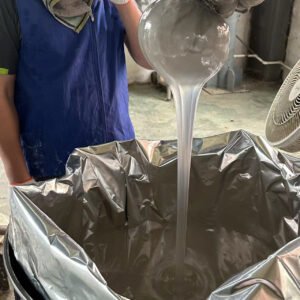
3. Automotive: Glue That Outlasts Your Car’s Engine
Beneath a car’s sleek exterior, PUR melt hot glue tackles missions where welding or screws fail:
Headlight Assembly: Bonds polycarbonate lenses to thermoplastic housings, resisting 120°C engine heat and vibration for 200,000+ km.
Windshield Bonding: Replaces butyl tapes with structural-grade PUR, improving crash resistance and noise reduction.
Interior Trims: They hold leather dashboards and fabric headliners in place. They do not sag in heat or crack in cold. These are common problems with EVA and solvent-based glues.
Durability Data: Automotive PUR keeps 90% bond strength after 1,000 hours at 85°C and 85% humidity. These conditions can melt EVA-based adhesives.
4. Footwear: Running Marathons on PUR Bonds
Sneaker midsoles face brutal punishment: sweat, bending, and temperature swings. PUR’s response:
Instant Grab: Bonds soles to uppers in <60 seconds on production lines—10× faster than solvent-based cements.
Machine Washable: Cross-linking resists detergent penetration, unlike water-based adhesives.
Eco Edge: Zero volatile organic compounds (VOCs) during assembly vs. toxic solvent emissions
Industry Shift: 35% of performance athletic shoes now use PUR, from Adidas’ Ultraboost to Nike’s Vaporfly
5. Furniture & Woodworking: Invisible Joints, Visible Quality
PUR penetrates porous oak grains then locks into a water-resistant net, outperforming PVA wood glues in damp environments:
Enduring Outdoor Furniture: Resists UV degradation and rain exposure without whitening or peeling.
Veneer Lamination: Thin spreads prevent “telegraphing” (glue lines showing through fine veneers).
Structural Beams: Replaces mechanical fasteners in cross-laminated timber (CLT), enabling curved architectural marvels
Mastering the Craft: How to Wield PUR Melt Hot Glue Like a Pro
Unlike forgiving craft glues, PUR demands precision—but rewards it with indestructible bonds. Here’s how professionals tame this reactive marvel:
PUR vs. EVA Melt Hot Glue: The Ultimate Showdown
Why pay 2–3× more for PUR? This comparison reveals why industries are switching:
PropertyPUR Hot MeltConventional EVA Hot MeltBond Strength1,800–2,000 PSI (structural grade)500–800 PSIService Temp Range-40°C to +120°C0°C to 60°CChemical ResistanceResists fuels, oils, MEK, alcoholsDissolves in ketones/alcoholsCreep ResistanceNegligible under loadHigh deformation over timeOpen Time20–180 seconds3–10 secondsMaterial Compatibility20+ substrates (glass, metals, PP)Limited to paper, cardboard, some plasticsCuring MechanismThermoplastic + moisture crosslinkingThermoplastic onlyEco-FootprintSolvent-free, low VOCMay contain waxes/oils
When to Choose EVA: Short-duration bonds on porous materials (cardboard crafts, fabric hemming) where cost matters most.
When PUR is used: Permanent assemblies face extreme temperatures, chemical exposure, or dynamic stresses. This includes car parts, waterproof devices, and hardwood furniture.





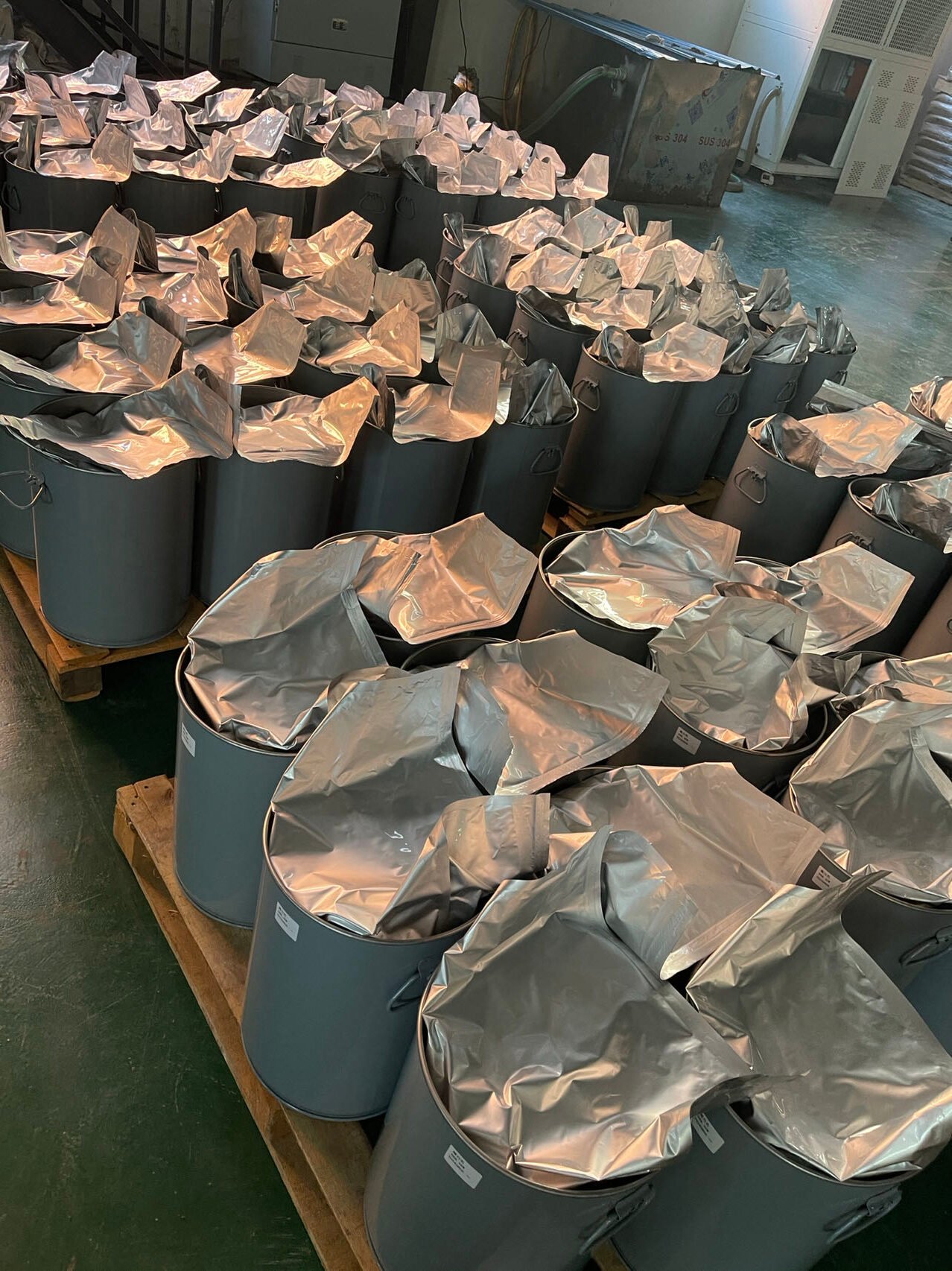

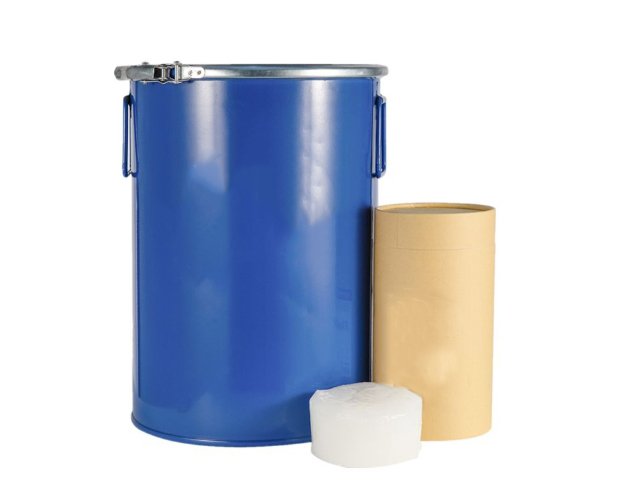
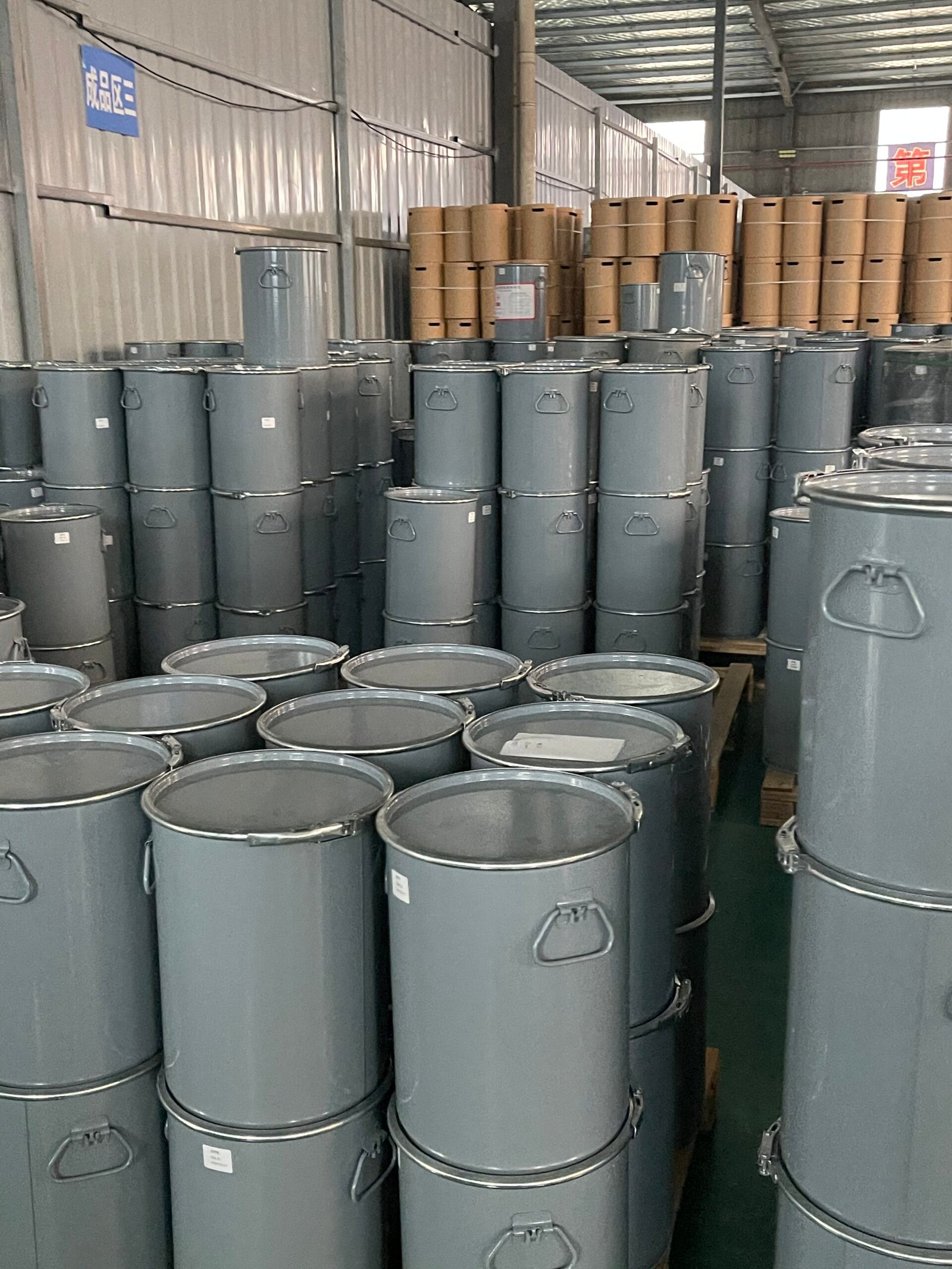




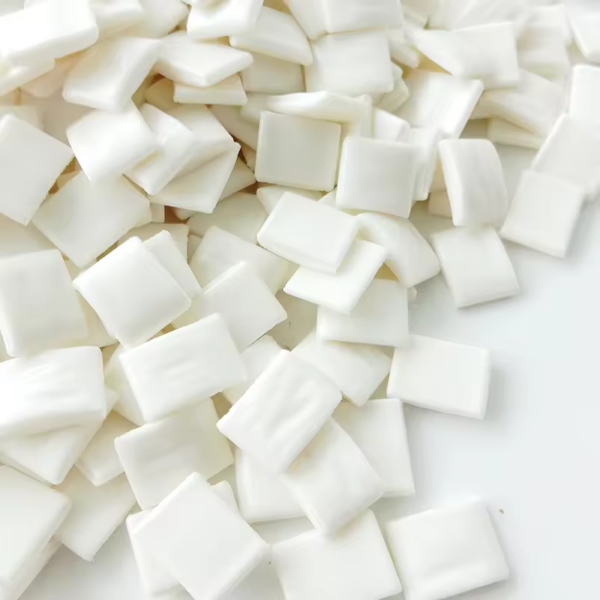




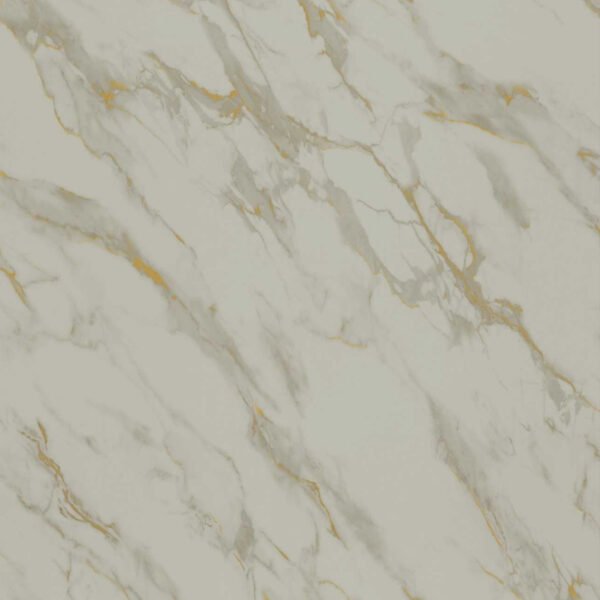

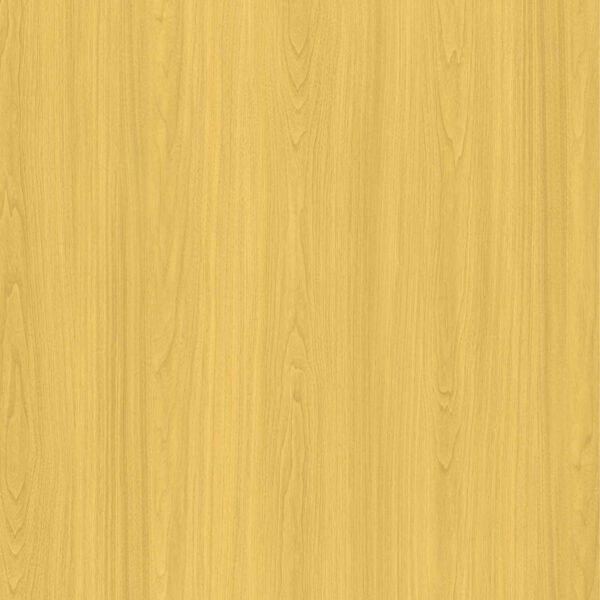

Reviews
There are no reviews yet.